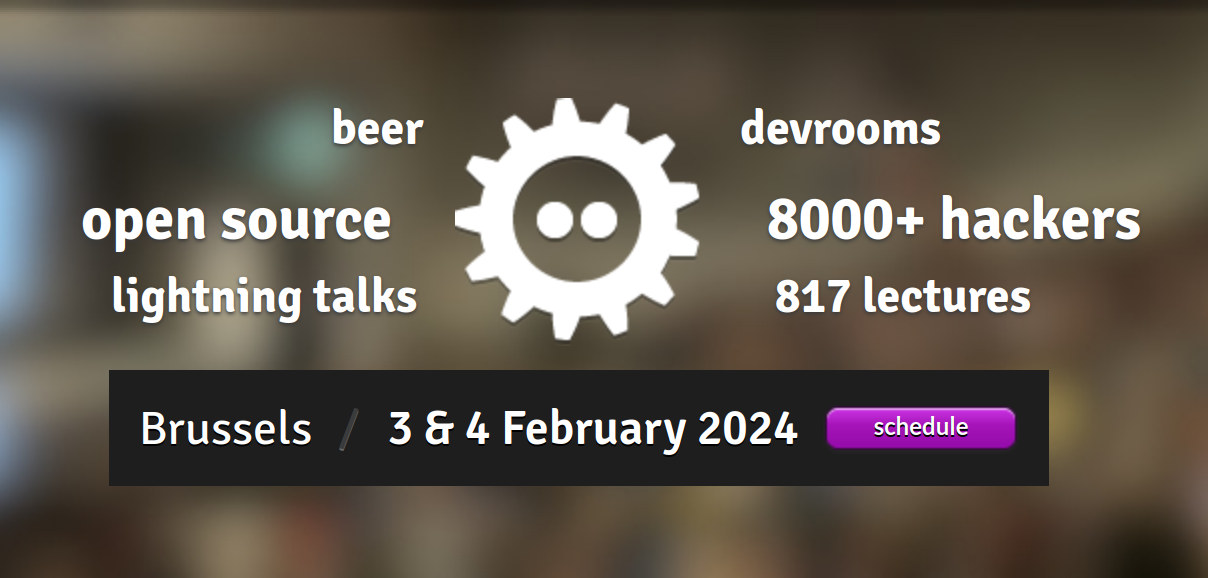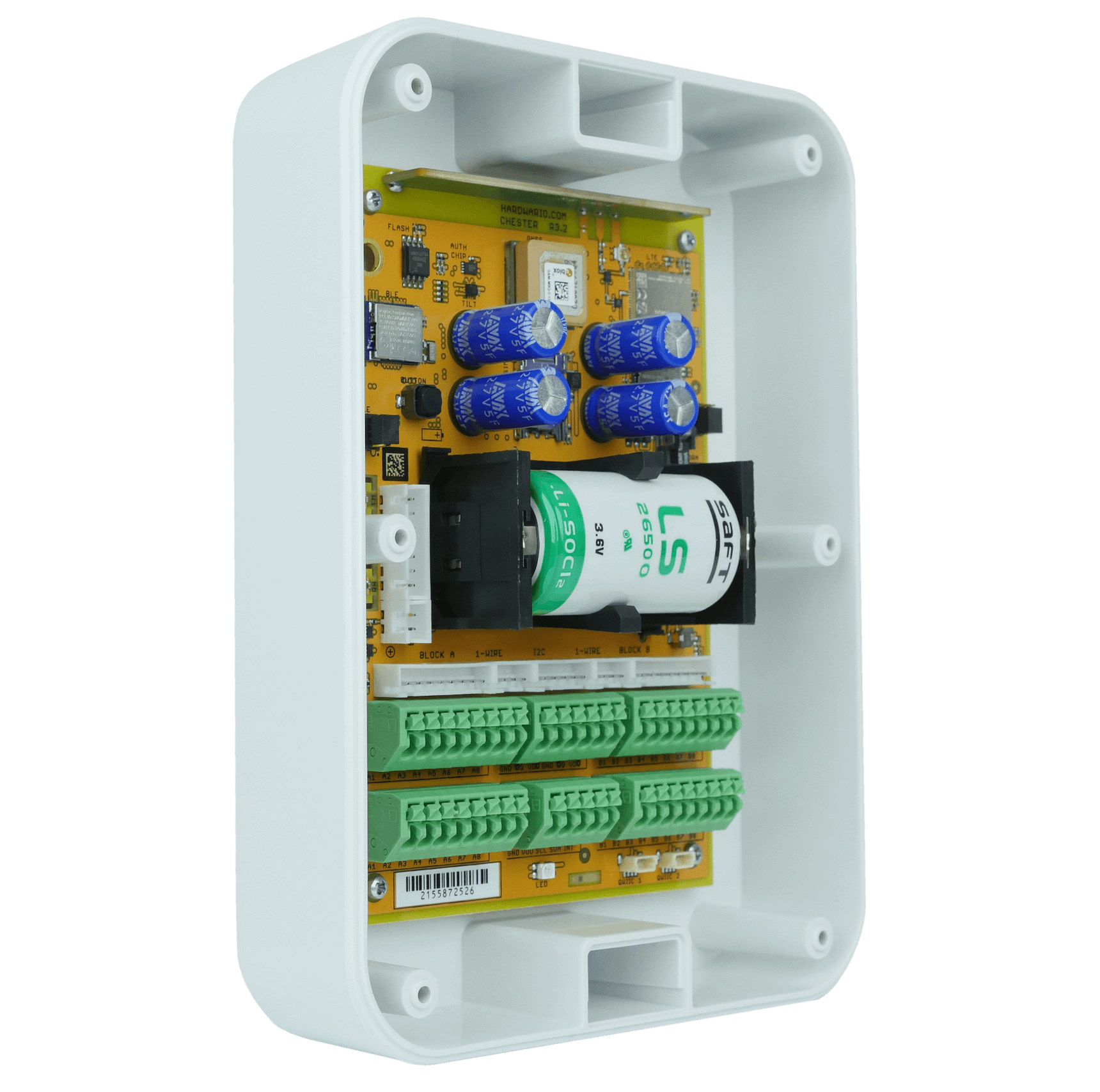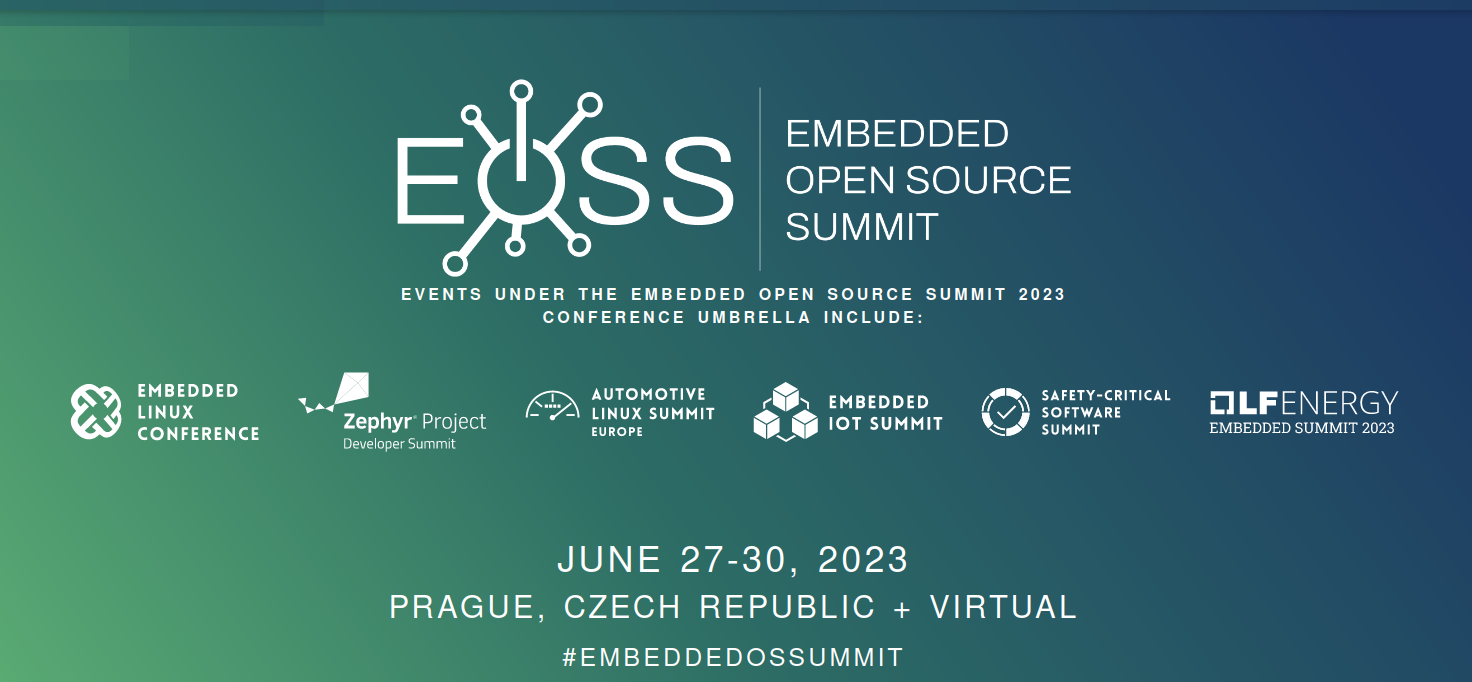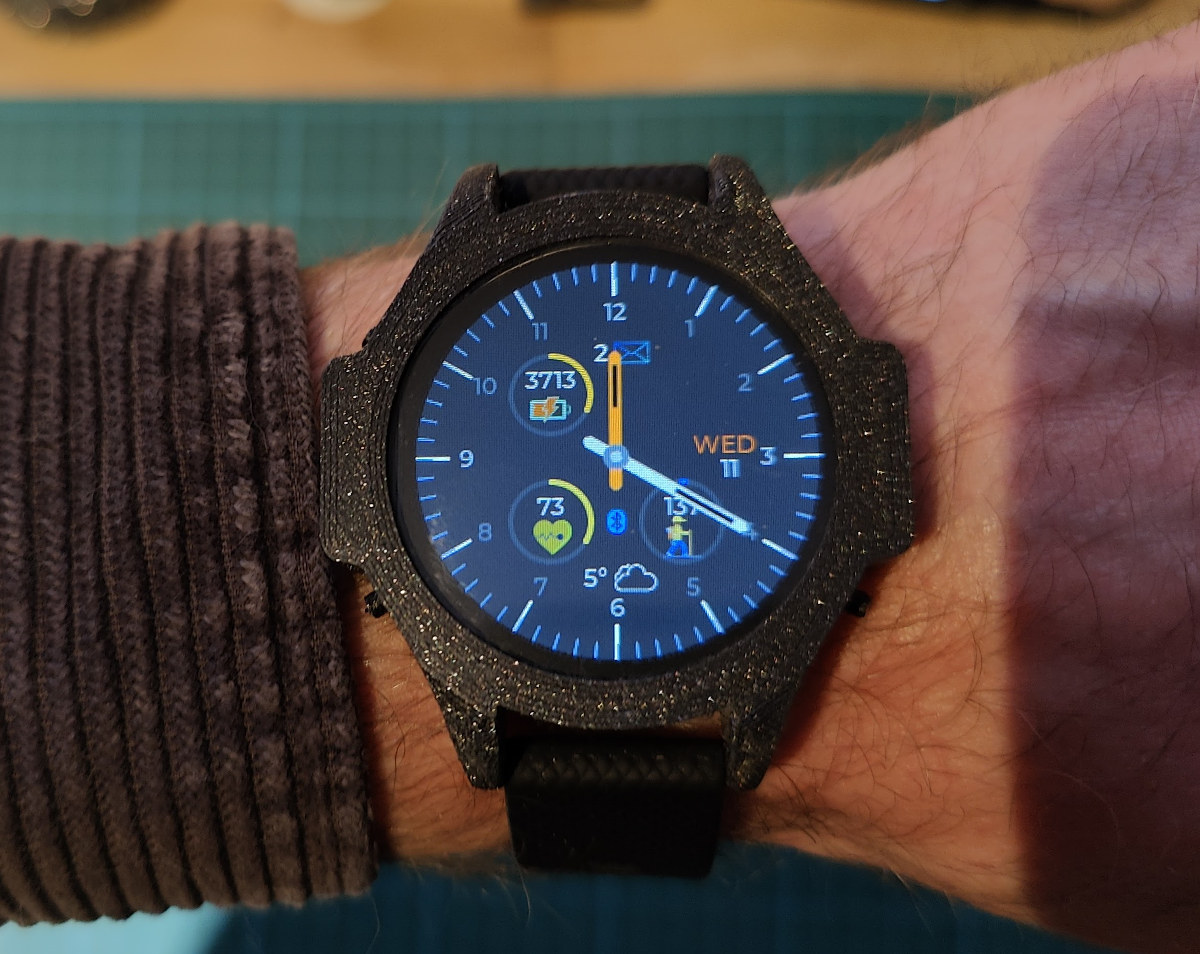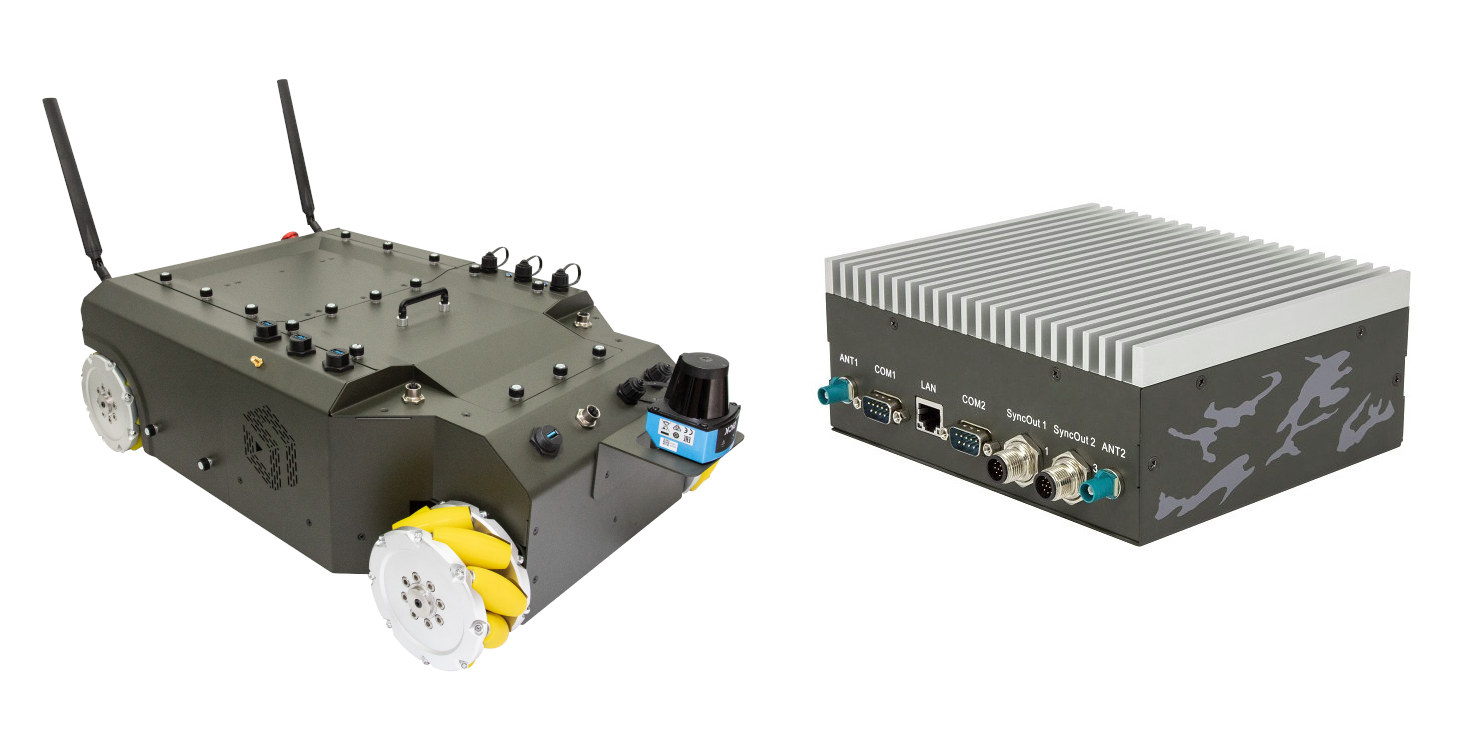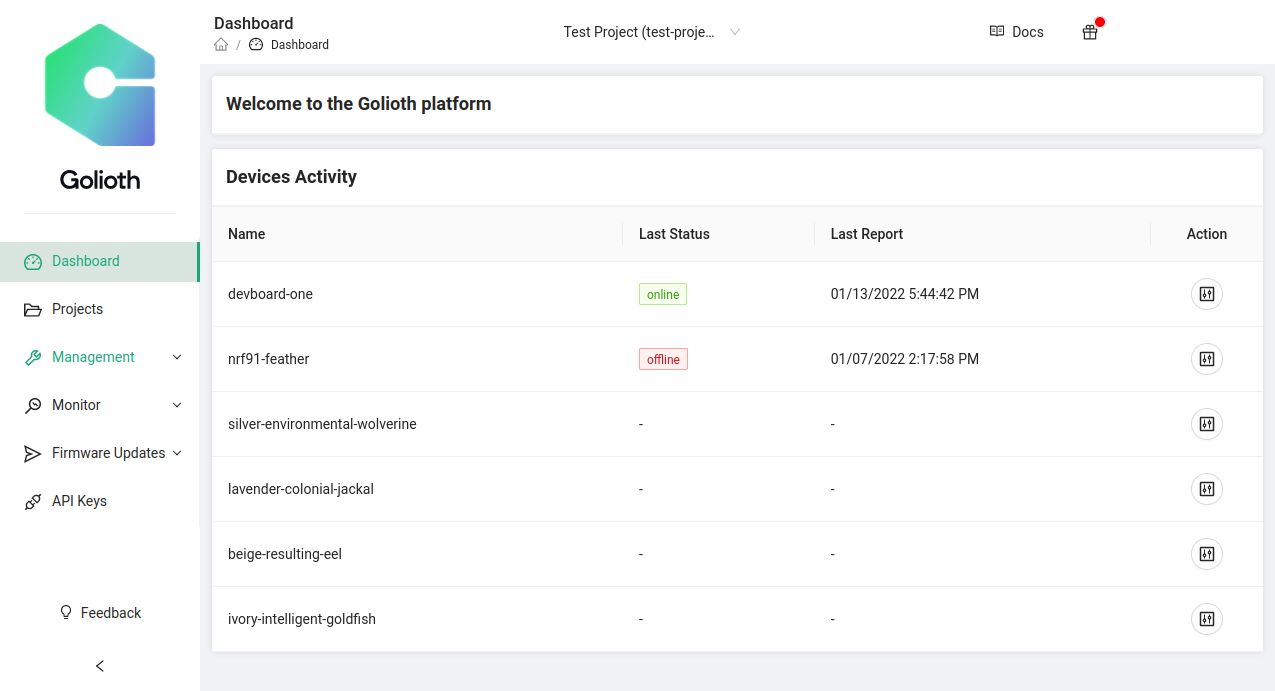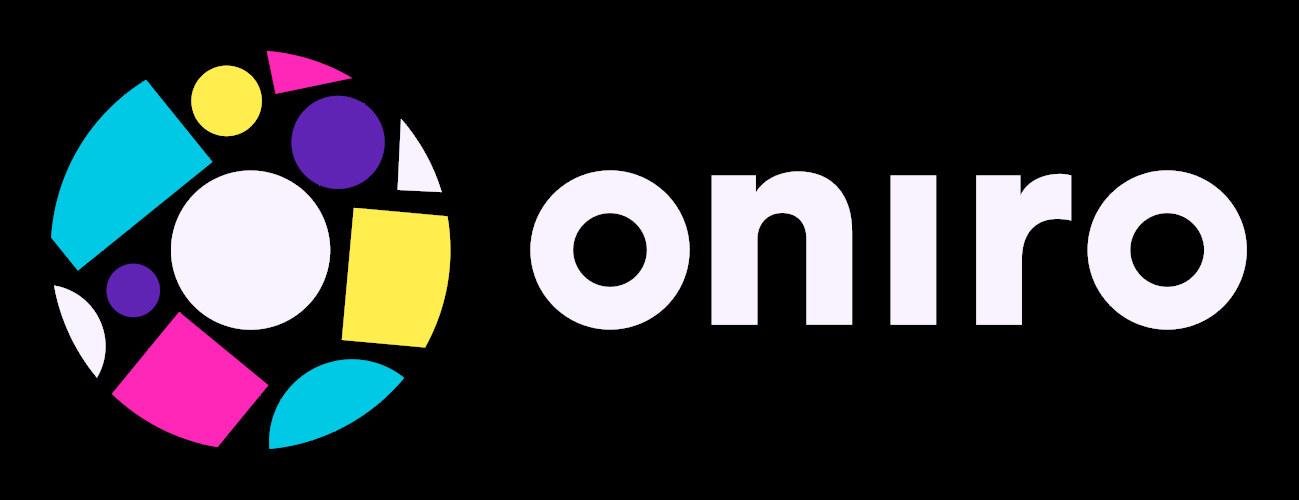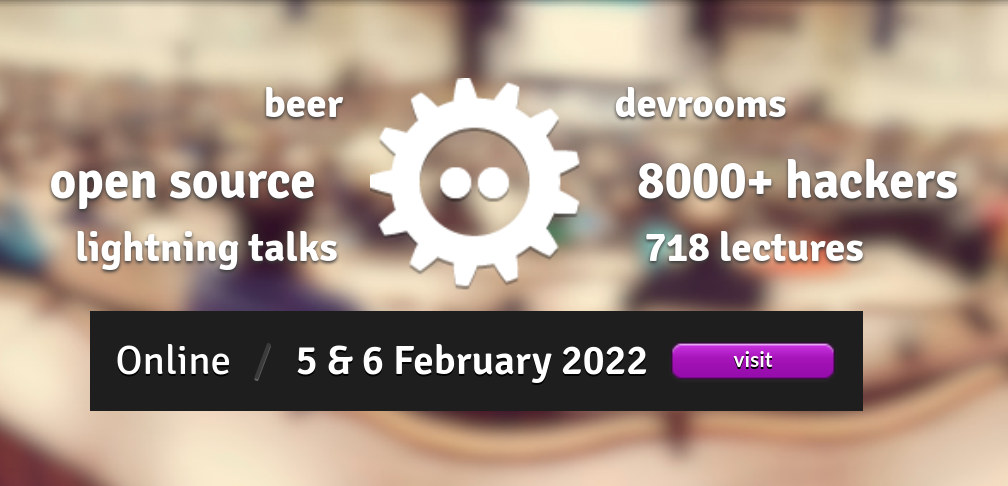FOSDEM – which stands for Free and Open Source Software Developers’ European Meeting – is a free-to-participate event where thousands of developers meet in Brussels on the first week-end of February to discuss open-source software & hardware projects. FOSDEM 2024 will take place on February 3-4 with 880 speakers, 818 events, and 66 tracks. Although I won’t attend, I’ve created a virtual schedule like every year with sessions most relevant to the topics covered on CNX Software from the “Embedded, Mobile and Automotive” and “Open Hardware and CAD/CAM” devrooms, but also other devrooms including “FOSS Mobile Devices”, “ Energy: Reimagining this Ecosystem through Open Source”, “RISC-V”, and others. FOSDEM Day 1 – Saturday, February 3, 2024 10:30 – 10:55 – Screen Sharing on Raspberry Pi 5 Using VNC in Weston and Wayland with the Yocto Project and OpenEmbedded by Leon Anavi In 2023, embedded Linux developers received eagerly awaited news: […]
HARDWARIO CHESTER – A configurable Zephyr OS LPWAN IoT gateway with LoRaWAN, LTE IoT, GNSS connectivity
HARDWARIO CHESTER platform is a configurable LPWAN IoT gateway whose main function is to connect as many devices and environments as possible to the Internet using connectivity such as LoRaWAN, LTE Cat M1, or NB-IoT, as well as GNSS for geolocation. Contrary to most IoT gateways, it does not run Linux on an application processor, and instead, the “brain” of the CHESTER IoT gateway is a Raytac Bluetooth 5.0 module based on a Nordic Semi nRF52840 Arm Cortex-M4 microcontroller running Zephyr real-time operating system, which connects to LTE IoT modem and a LoRaWAN module through UART, and expansion modules through I2C, 1-wire, and GPIO interfaces. HARDWARIO CHESTER specifications: Wireless modules/chips Raytac MDBT50Q-P1MV2 Bluetooth 5.0 module based on Nordic Semi nRF52840 Arm Cortex-M4F MCU with 1MB Flash memory, 256kB RAM Nordic Semi nRF9160-SICA-B1A-R7 LTE-M/NB-IoT system-in-package (SiP) with Arm Cortex-M33 MCU, 1024 KB flash, 256 KB SRAM Murata CMWX1ZZABZ-078 LoRa module as […]
Embedded Open Source Summit 2023 schedule – Zephyr OS, Security, IoT, Embedded Linux, and more
The Linux Foundation has just announced the full schedule for the Embedded Open Source Summit, which will take place on June 27-30, 2023 in Prague, Czech Republic, as well as virtually starting on June 26. Over 175 sessions, birds of a feather (BoF) tracks, and workshops related to embedded and open-source innovation will be presented at the event itself comprised of six micro conferences: Automotive Linux Summit Europe, Embedded IoT Summit, Embedded Linux Conference, LF Energy Embedded Summit, Safety-Critical Software Summit, and Zephyr Project Developer Summit. Even though I’m not going to attend personally, I’ve gone through the schedule to create my own little virtual schedule with some sessions relevant that should be interesting to me and hopefully to CNX Software readers. Monday, June 26 (Virtual sessions) The first day of the event will have a Yocto Dev training in the morning, and a bunch of virtual sessions that are […]
ZSWatch open-source hardware nRF52833 smartwatch runs Zephyr RTOS
ZSWatch is an open-source hardware smartwatch based on an u-Blox ANNA-B402 module with Nordic Semi nRF52833 Bluetooth 5.1 SoC and running Zephyr real-time operating systems. We’ve seen several open-source hardware smartwatches over the years, as well as open-source firmware projects such as AsteroidOS or InfiniTime with the latter used in the PineTime smartwatch, and the ZSWatch adds to the list of interesting open-source wearables with all source files made public. ZSWatch specifications: Wireless module – u-blox ANNA-B402 based on Nordic Semi nRF52833 Arm Cortex-M4F microcontroller with Bluetooth LE 5.1 and direction finding support Storage – 8MB flash (MX25R6435FZNIL0) Display – 1.28-inch 240×240 IPS TFT circular display with GC9A01 driver; covered with Sapphire Crystal Glass. Sensors Accelerometer (LIS2DS12TR) for step counting, etc… MAX30101EFD for pulse oximetry and heart rate monitoring Misc 3x buttons for navigation (prev, next, enter) Vibration motor (DRV2603RUNT) with haptics driver to give better vibration control. Power Management […]
SyncBot educational mobile robot supports NVIDIA Xavier NX or Intel Tiger Lake controller
Syncbotic Syncbot is a four-wheel autonomous mobile robot (AMR) platform for research and education that can be fitted with an NVIDIA Xavier NX or an Intel Apollo Lake/Tiger Lake-based controller running Ubuntu 20.04 operating system with ROS 2 framework, and comes with an motion control MCU board with an EtherCat master and running Zephyr OS. The robot comes with four 400W TECO servo motors, can handle up to 80kg payloads for sensors and a robotic arm, features 12V and 24V power output for sensors, four USB 3.0 ports, and can also be equipped with an eight-camera kit with Intel RealSense and ToF cameras. Syncbot AMR specifications: Robot Controller Platform (one or the other) SyncBotic A100 evaluation ki (Apollo Lake E3940) SyncBotic SBC-T800 series (Intel Tiger Lake UP3) SyncBotic SBC W series (Intel Tiger Lake UP3, waterproof version) SyncBotic NSync-200 series (NVIDIA NX) Dimensions – 200 x 190 mm STM32-based Motion […]
Golioth IoT development platform offers Zephyr SDK, support for nRF9160, ESP32, and over 100 other platforms
There are already plenty of IoT development platforms, but here’s another one with Golioth that relies on a Zephyr SDK, “first-tier” support for Nordic Semiconductor nRF9160 (cellular) and Espressif Systems ESP32-C3 (WiFi), as well as a QEMU-based simulator for easy testing. The use of an open-source Zephyr SDK even enables them to support over 100+ hardware components, and the company, also called Golioth, says their platform scales from one device for evaluation to one million devices during deployment, thanks notably to a free Dev Tier account to get started at no cost. Some of the other highlights of Golioth include: “Secure by Default” communication over efficient protocols like CoAP and soon MQTT Access to Device Services like Software updates that include secure boot and firmware management Real-time NoSQL database (LightDB) that can be useful for creating Digital Twins and synchronization Time-series database (LightDB Stream) for storing and querying sensor data […]
The Eclipse Oniro Project aims to deliver consumer & IoT software that works across multiple platforms
Several of the embedded talks at FOSDEM 2022 mention the “Eclipse Oniro Project”. I had never heard about that project from the Eclipse Foundation, so let’s see how they describe it: Oniro is an Eclipse Foundation project focused on the development of a distributed open source operating system for consumer devices, regardless of the brand, model, make. Oniro is a compatible implementation for the global market of OpenHarmony, an open source operating system specified and hosted by the OpenAtom Foundation. Designed with modularity in mind, Oniro offers greater levels of flexibility and application portability across the broad spectrum of consumer and IoT devices — from tiny embedded sensors and actuators, to feature rich smart appliances and mobile companions. As a distributed and reusable collection of open source building blocks, Oniro enables compatibility with other open source technologies and ecosystems. Through close collaboration with projects and foundations such as OpenHarmony from […]
FOSDEM 2022 schedule with embedded Linux, IoT, automotive… sessions
While typically taking place in Brussels, Belgium, FOSDEM 2022 will take place online just like FOSDEM 2021 due to COVID-19 restrictions. The good news is that it means anybody can attend it live from anywhere in the world, and makes it more like “FOSDIM”, replacing European with International, in “Free and Open Source Developers’ European Meeting”. FOSDEM 2022 will take place on February 5-6 with 637 speakers, 718 events, and 103 tracks. I’ve made my own little virtual schedule below mostly with sessions from the Embedded, Mobile and Automotive devroom, but also other devrooms including “Computer Aided Modeling and Design”, “FOSS on Mobile Devices”, “Libre-Open VLSI and FPGA”, and others. Saturday, February 5, 2022 12:30 – 13:00 – Five mysteries in Embedded Linux by Josef Holzmayr Once you start out in embedded Linux, there is a lot to do. Some things are obvious, some less so. First and foremost, […]


